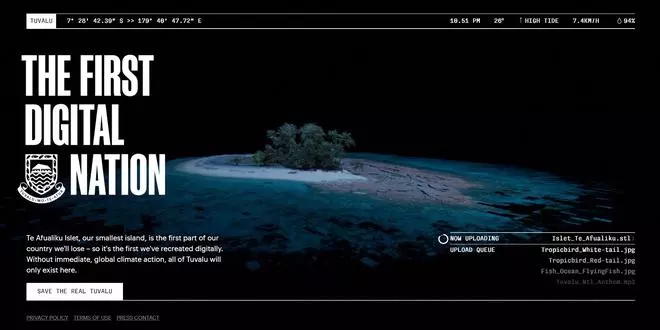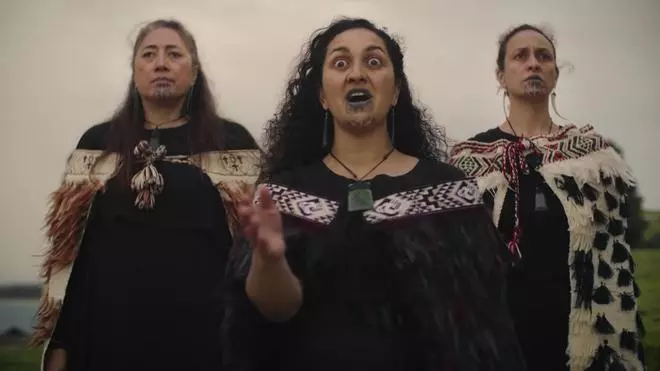A few weeks ago, I had the opportunity to chair the jury for the Drum Marketing Awards for the Asia Pacific region. These prestigious awards attract hundreds of entries. For many young marketers, winning a Drum Award is a career defining moment. It was a pleasure interacting with my fellow jurors, most of them senior marketing experts from companies as diverse as Intel, Mars, AB InBev and the South China Morning Post.
Creativity at its best
As we discussed many shortlisted entries, one fact stood out. The most impactful marketing and advertising campaigns were all based on fresh creative ideas that broke through the clutter with a flourish. These were ideas that had been conjured up from a marketer’s hat. What marked out the best of the lot?
First, these winning ideas were stunning and appealing. Second, they were born from a sharp brand insight. Third, they were based on strong social or human truths. Most importantly, they did not walk the well-trodden path of sameness.
In this article, I will cover two winning ideas from the Drum Awards – one of them won the Grand Prix (which is the highest honour) and the other won the coveted Chair’s Award.
The first Digital Nation
Tuvalu, a low lying Pacific island nation, is facing an existential challenge. Because of global warming and the consequent rise in sea levels, the entire nation is likely to be submerged in a few decades. The nation faced a marketing challenge – how could it sensitise the world to this terrible truth, and appeal for even stronger action on climate change? And how can it do all this at little or no cost?

The marketing and advertising agency tasked with this exercise (The Monkeys, part of Accenture Song) came up with a brilliant solution. It started with a Minister of Tuvalu announcing at the global COP27 climate summit that the nation had a radical plan for survival, since it would soon be without land. The plan - Tuvalu would become the world’s first digital nation.
Brick by brick, road by road, Tuvalu would be re-created in the metaverse. By doing so, the nation could hope to preserve its topography, culture, records of flora and fauna, history and sovereignty, well after its real land had completely disappeared under the sea. Impactful creatives showcased this idea beautifully.
This imaginative project highlighted the risks to Tuvalu’s survival – a risk that would inevitably spread to many more nations. Most importantly, it put the focus on the dangers of climate change in a manner that had never been done before.

“The First Digital Nation” received immediate global media coverage.With a zero media budget, the launch of this project reached an amazing 2 billion people globally. It was covered by over 170 global publications. The campaign trended on TikTok and Twitter. Within a few days, COP27 announced a historic loss and damage fund for endangered nations like Tuvalu. Nine countries also agreed to recognise Tuvalu as a digital nation. A brilliant marketing campaign had successfully provoked global action.
The first Sonic Trophy
Mastercard, the global financial services company, faced a very different marketing challenge. It wanted to become far more relevant in New Zealand, and also establish emotive ties with the country. It chose to use the women’s Rugby World Cup 2021, which was being played in New Zealand, to pursue this objective.

However, rather than be yet another sports sponsor, Mastercard chose to play the game differently. It decided to design the world’s first sonic trophy, and built its entire marketing campaign around this astonishing and unusual creation. This trophy was awarded after each game to the “Player of the Match”.
The trophy was designed to contain live sounds of the match which could be activated at the touch of a button – excited voices of female spectators, frenzied energy of the entire stadium, and interesting pieces of commentary. There were 26 such trophies, one for every match, and each of them contained the sounds of that particular match. This was a “priceless” soundtrack for the proud winner of the trophy, thus dovetailing beautifully into Mastercard’s brand proposition of “priceless moments”.

Apart from technology to hold the soundtrack, the external design of the trophy was also unique – it was created with Maori fashion designer Nichola Te Kiri, and was inspired by ceremonial traditions of indigenous culture. Mastercard’s entire advertising campaign was then themed around this first ever Maori-inspired sonic trophy, thus helping the brand build a very good connect with consumers in New Zealand. The Sonic Trophy also garnered the largest share of voice during the tournament, including significant earned media.
Both these immensely successful marketing campaigns highlight a timeless marketing truth – that brilliant creative ideas are the lifeblood of great marketing.
(Harish Bhat is Brand Custodian, Tata Sons. These are his personal views.)







Comments
Comments have to be in English, and in full sentences. They cannot be abusive or personal. Please abide by our community guidelines for posting your comments.
We have migrated to a new commenting platform. If you are already a registered user of TheHindu Businessline and logged in, you may continue to engage with our articles. If you do not have an account please register and login to post comments. Users can access their older comments by logging into their accounts on Vuukle.